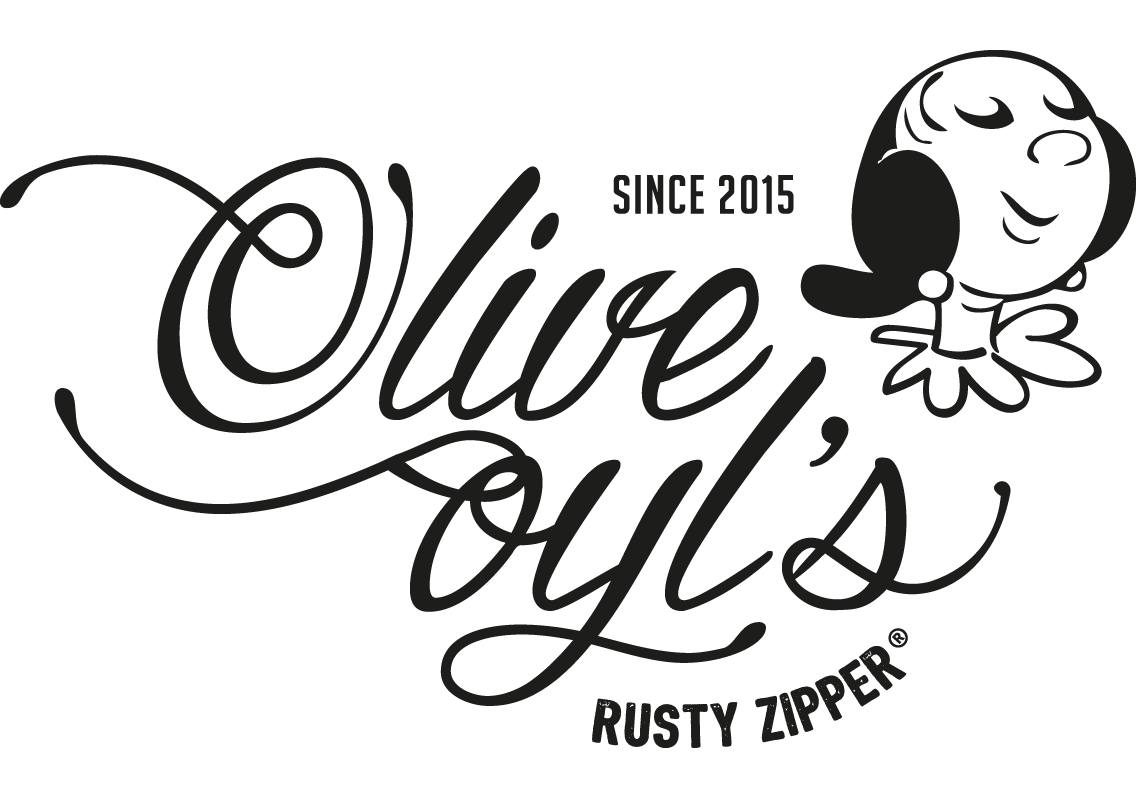Title
Grids and Biographies of Space
Project
Continuing the Thinking on the Absorption Capacity of Urban Space
Date
2019
Type
Research and Design Project
Location
Athens
Programme
Urban Design
Status
On-going
Grant
Programme for Talent Development
Creative Industries Fund NL
Collaboration
Eva Papatzani
Athens
Almost 80 thousand refugees are stuck in Greece due to closed borders across the so-called Balkan route and the March 2016 deal between the European Union and Turkey, which was developed in order to block the flow of displaced people to Europe. Despite these barriers, newcomers continue to arrive in Greece. The number of asylum applications per capita in Greece is, after Cyprus, the highest in Europe, according to Eurostad figures. While there is enormous overcrowding of reception camps on the Greek islands – some of the camps are home to four times as many people as they were built for – the number of immigrants living in cities on the mainland has also been increasing. Given the fluidity of migration patterns, accurate data is elusive. Officially, the migrant population in Greece represented 8,3% of all residents in 2011. Almost half of the foreigners in Greece are settled in the area of greater Athens.
Hollowed out by the corrosive effects of austerity, large parts of Athens’ city centre have become areas of decay, allowing new arrivals to move in. In some of these areas the migrant concentration exceeds 2.5 times more the average number of immigrants in the capital.
Athens is a very densely built city. This is a result of the modern development of the capital that fostered private development and homeownership but lacked a public value component that would ensure the development and preservation of public space. Today, the Greek capital has the lowest percentage of green and public space per person compared to other European cities and many of these include not freely accessible archaeological sites. The few public spaces left in the city are often appropriated by migrants who have no other place to stay, resulting in tensions and conflicts between different inhabitants.
This project takes the inner city of Athens as case study because of its unique characteristics in terms of organisation of migration in urban space compared to other European cities. Unlike cities in Northern Europe, in Athens there has been no zoning or widespread segregation between migrants and native inhabitants, due to the spatial structure of the built environment. One could say that ‘in Athens everything coexists within walking distance.’ The project particularly focuses on the area from Omonia square to Kato Patissa along the axis of Patisson- and Acharnon street. The highest density of buildings and the highest percentage of immigrants living in the city can be found in this area.
Biographies of space and public space interventions
The case study is divided in the two parts. The first sub-project investigates the spatial implications and experiences of migration in the city centre of Athens. I interviewed 25 people and walked with them through a particular neighbourhood or area. Based on these interviews, I wrote spatial biographies and came to a number of city analyses. In the second sub-project, I propose design interventions to better organise migration in the very dense urban space of Athens’ inner city. It focuses on the role of public space as a site for encounters, interactions and negotiations between newcomers, temporary inhabitants and permanent citizens. The two parts are iteratively supported and informed by each other.
